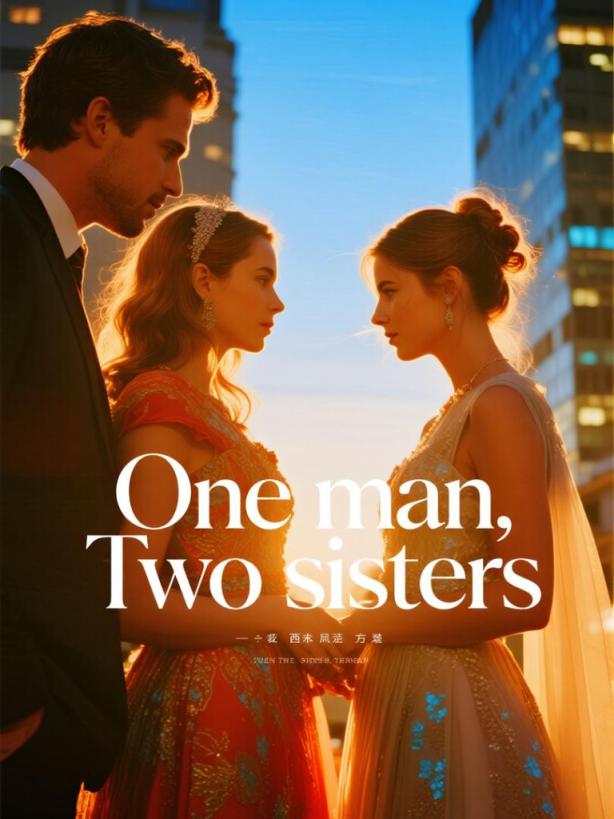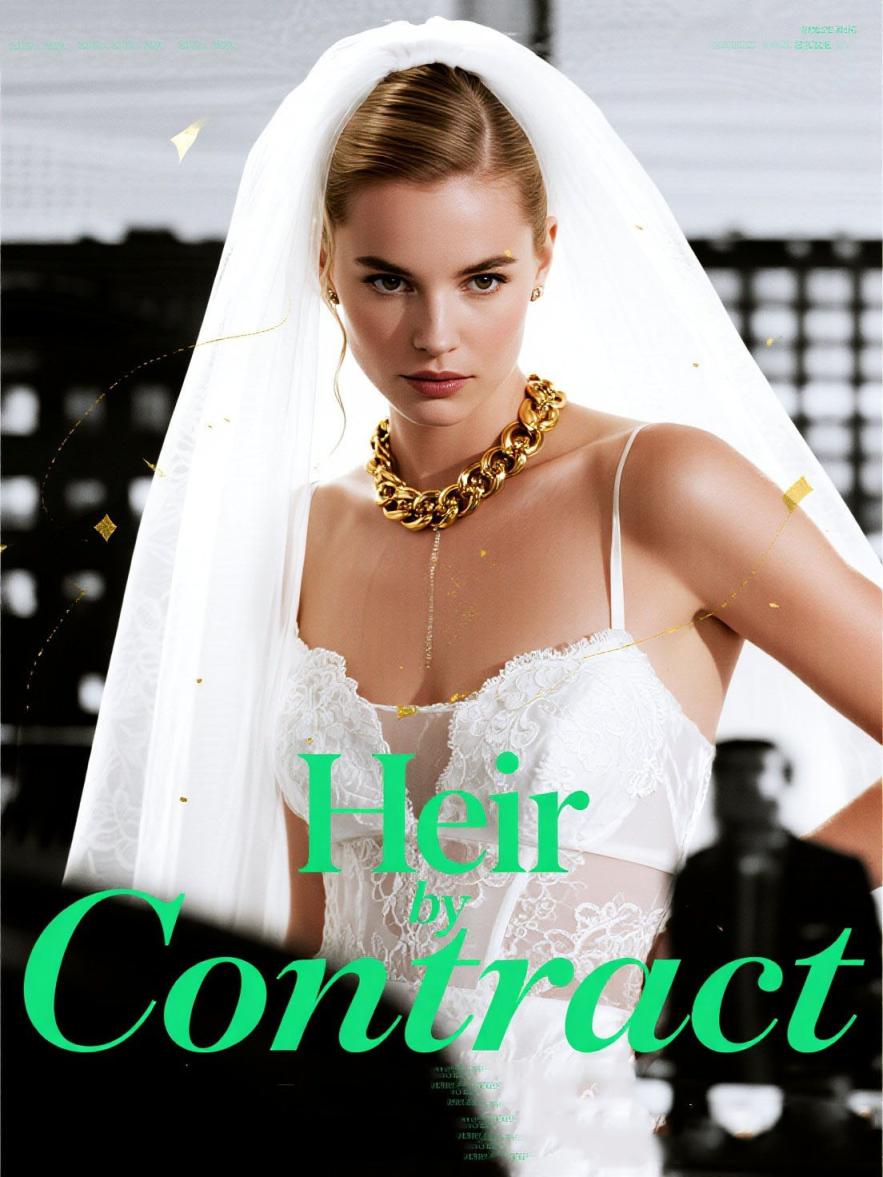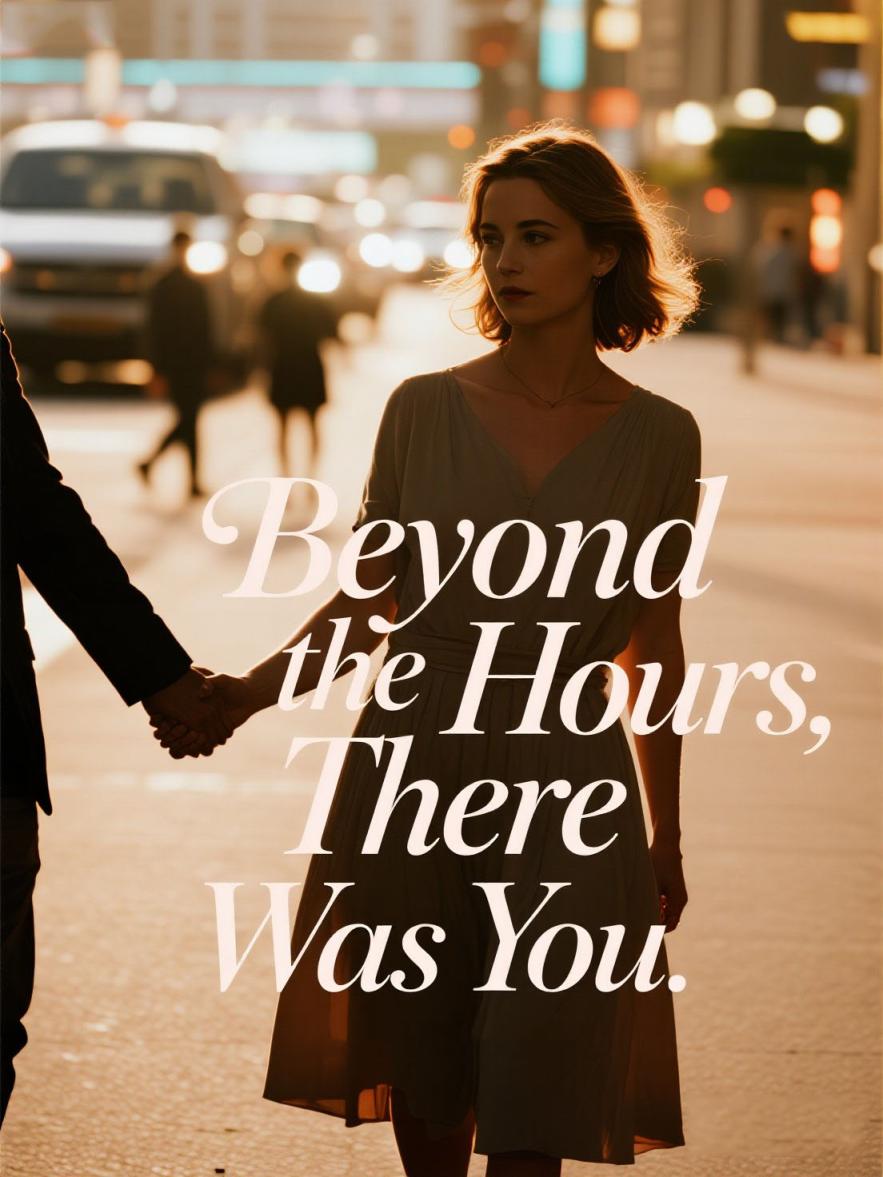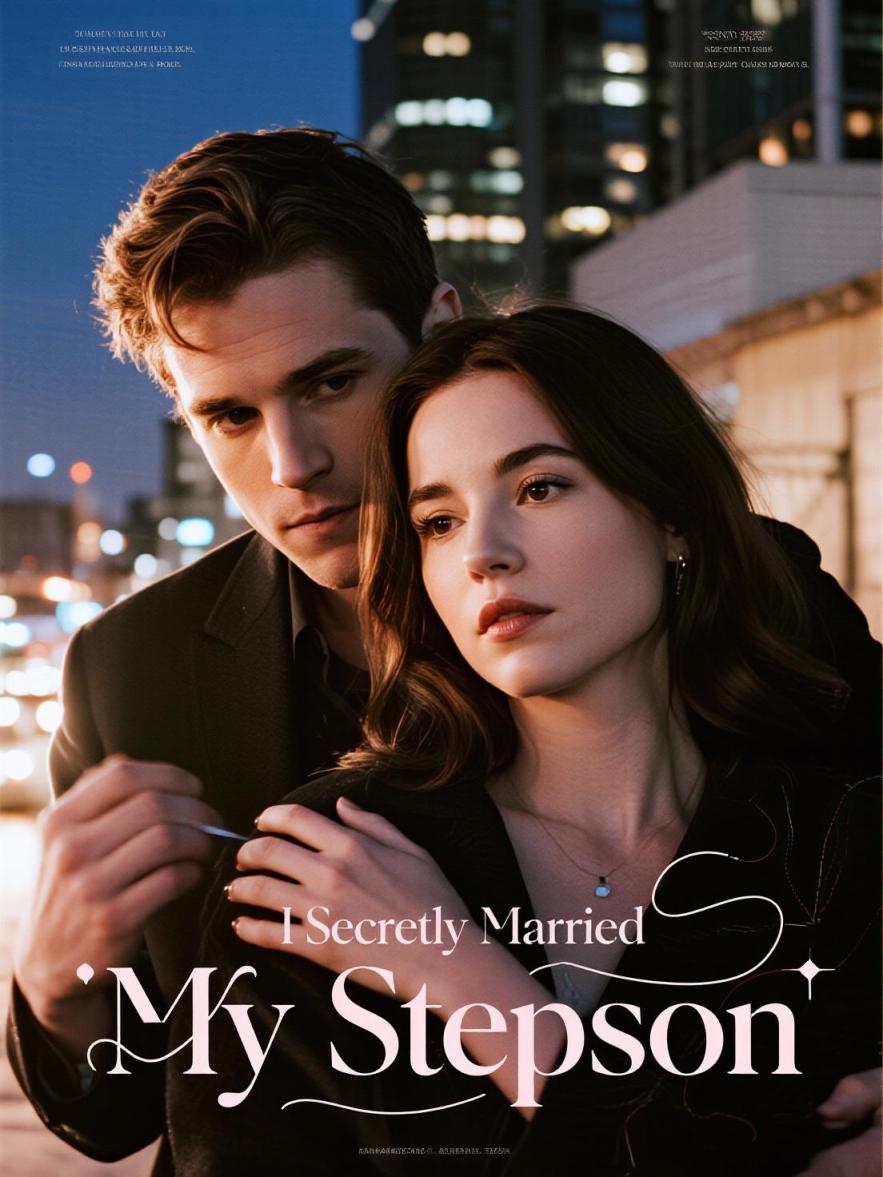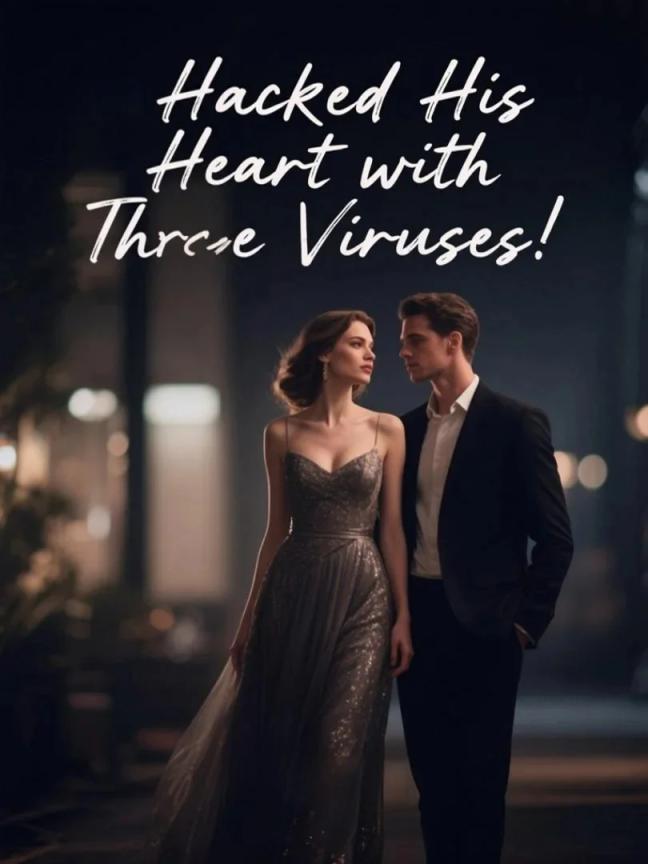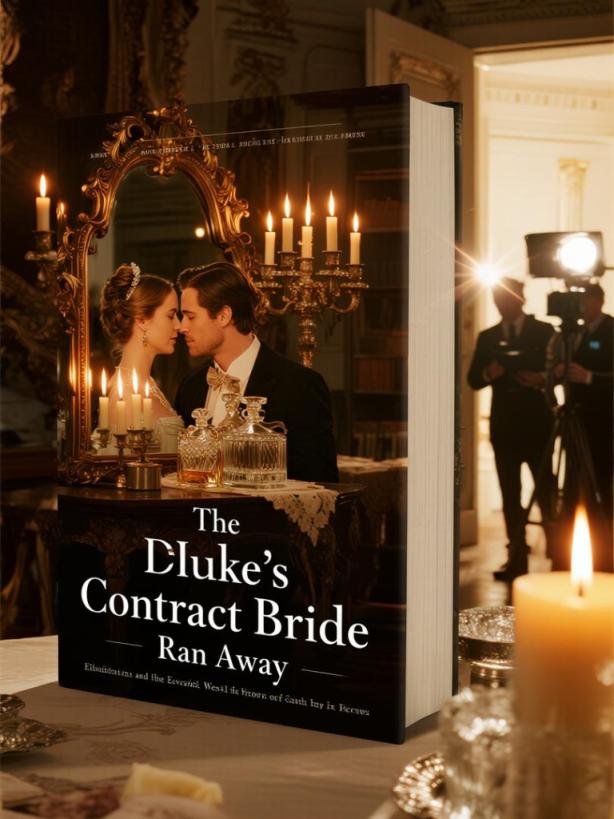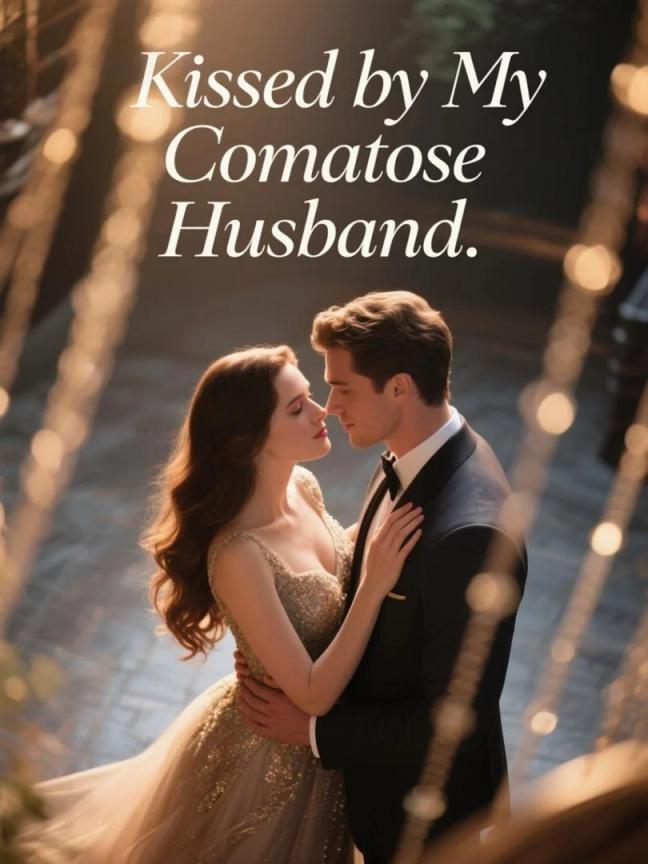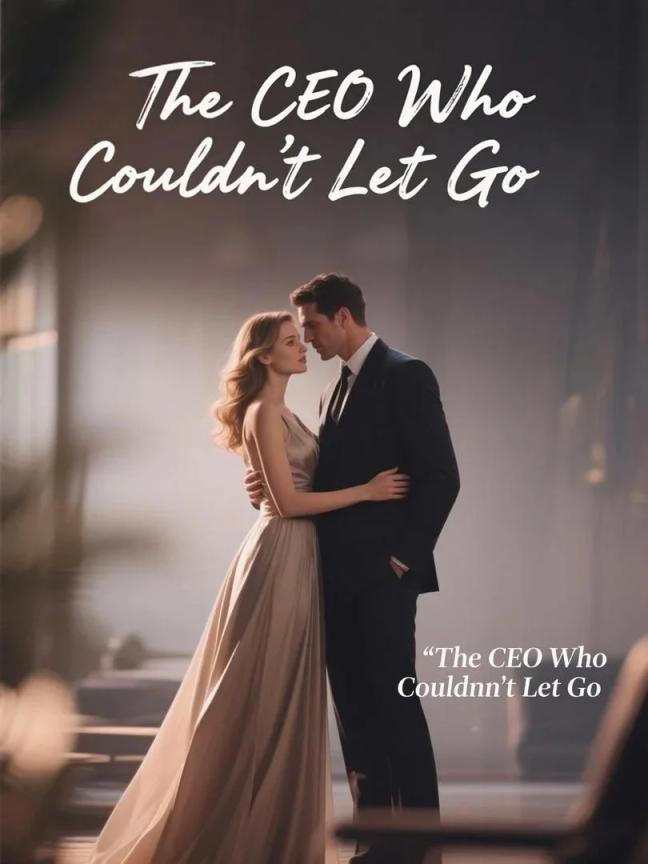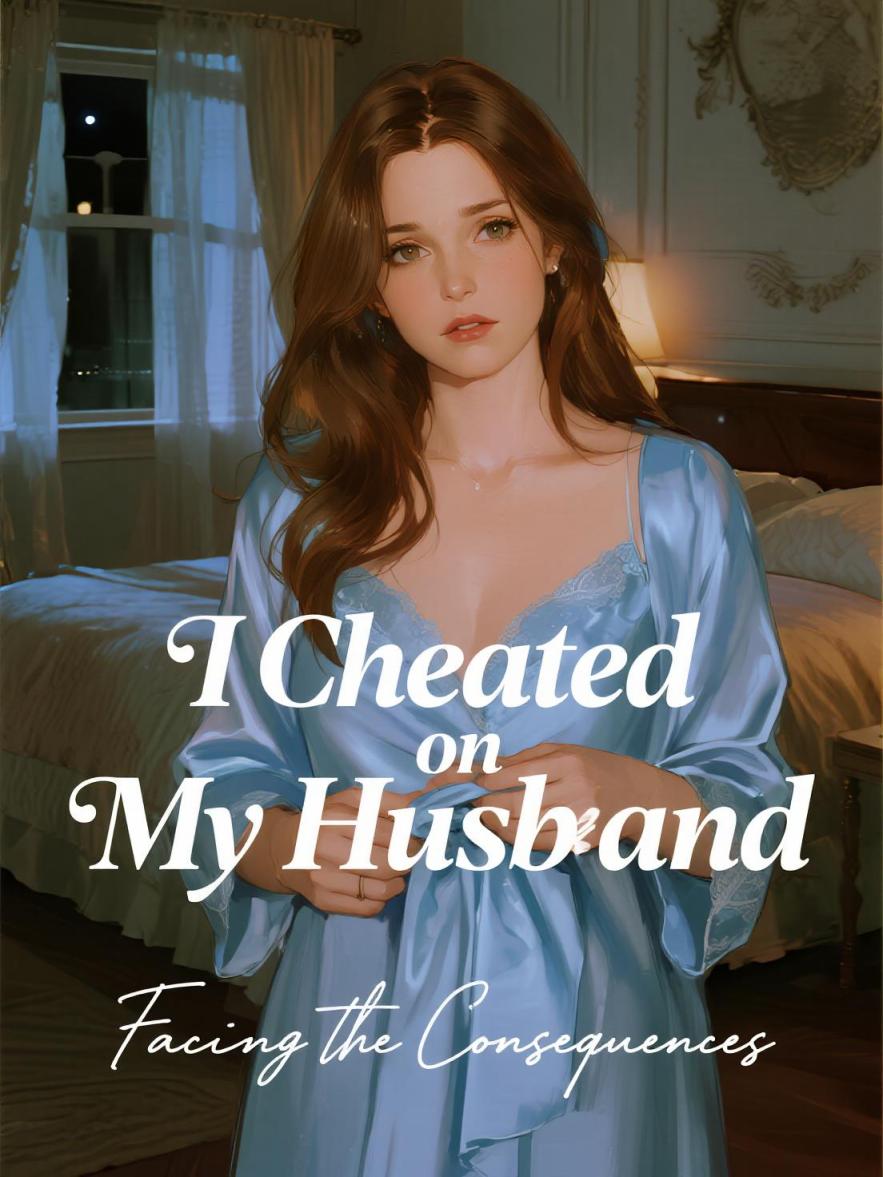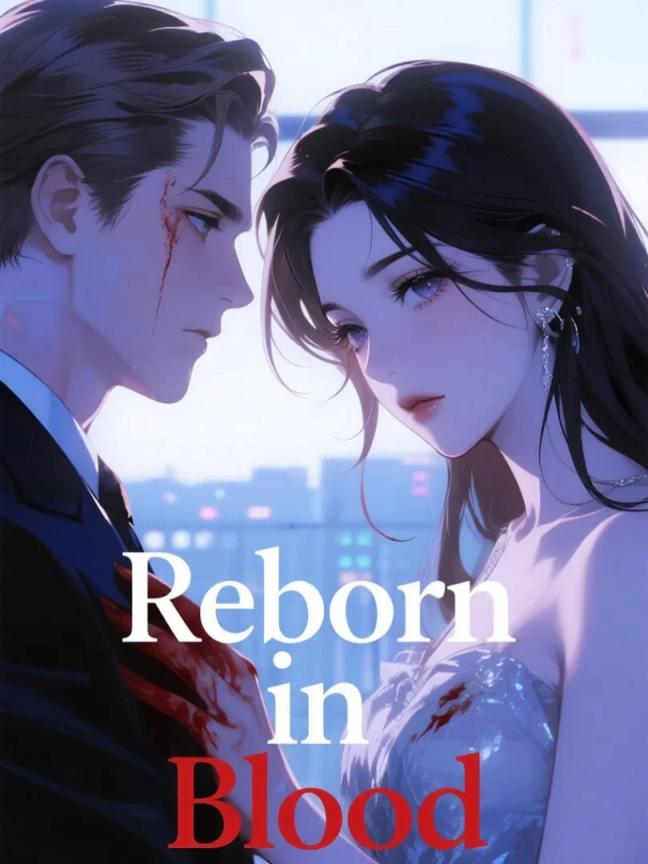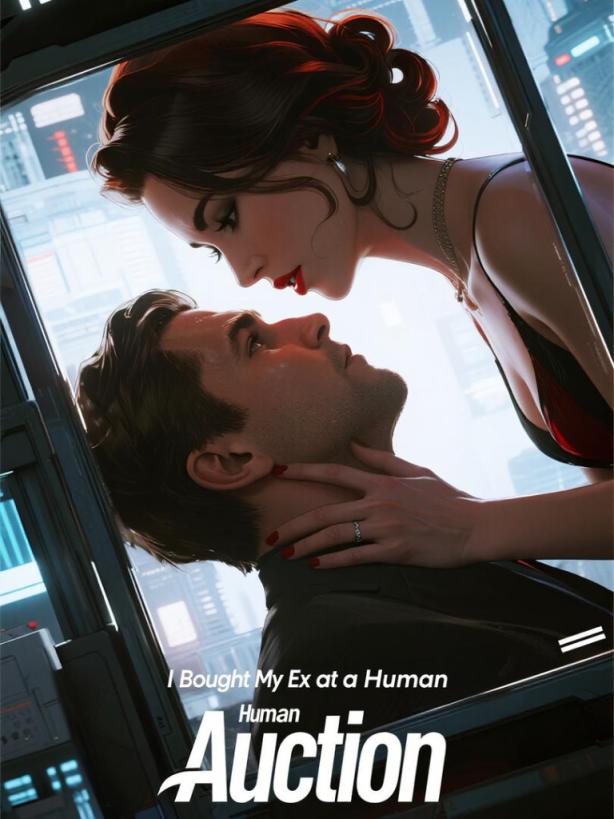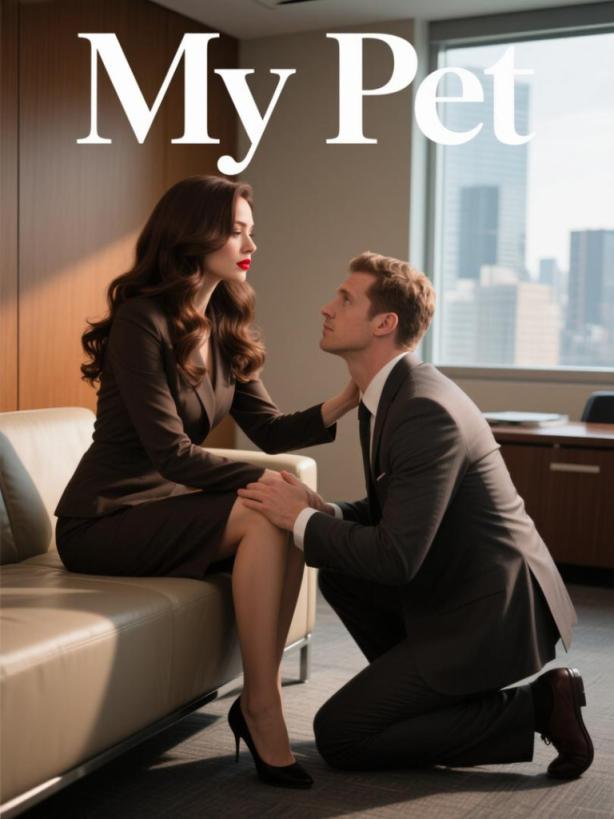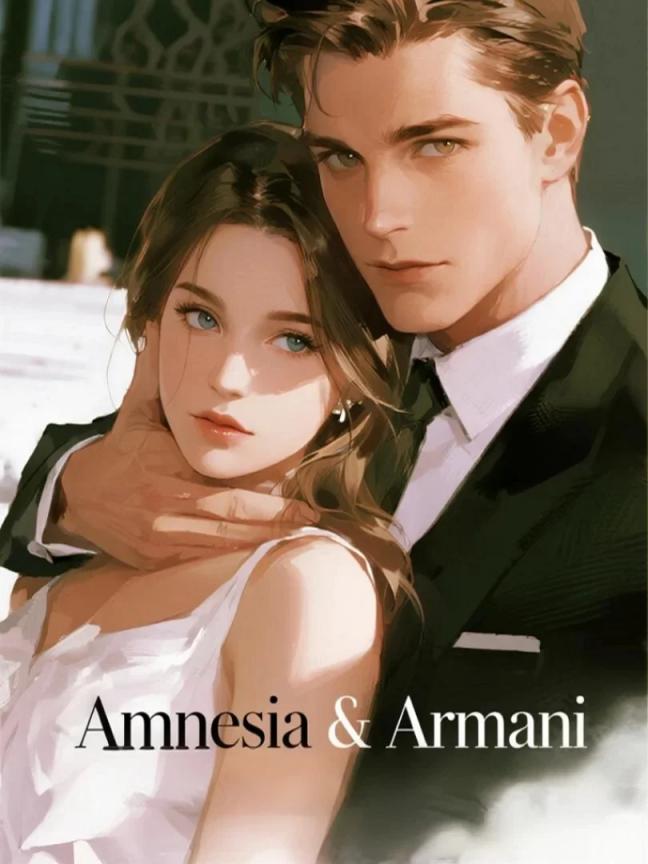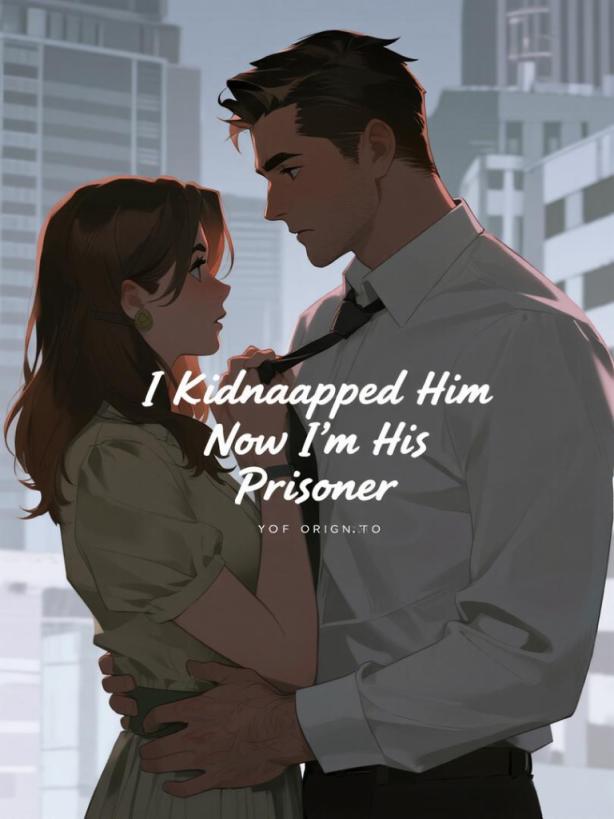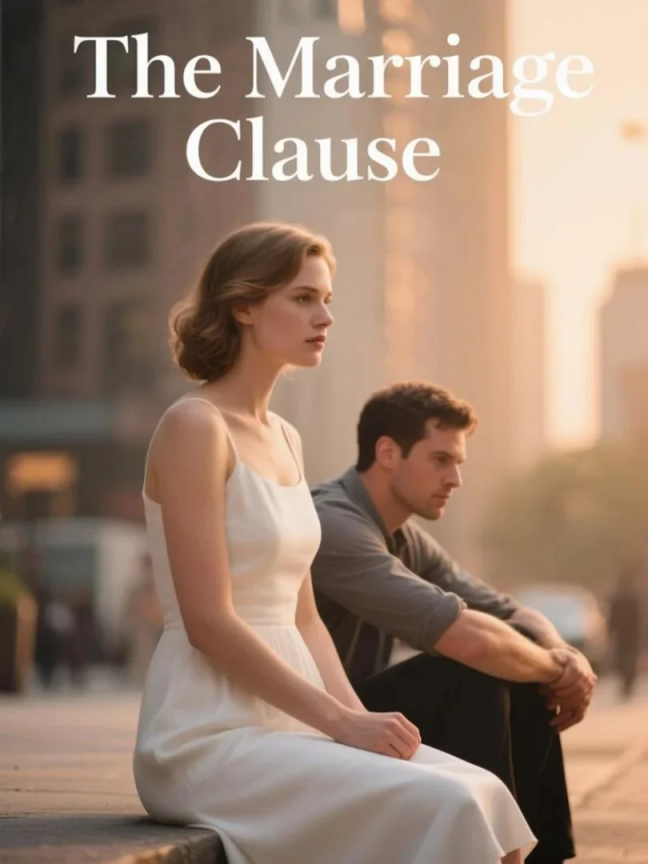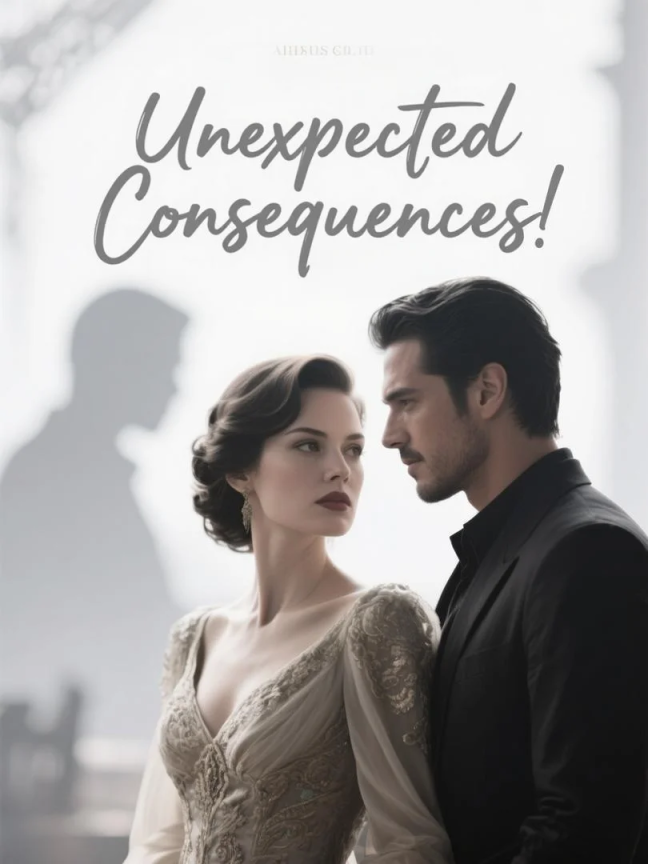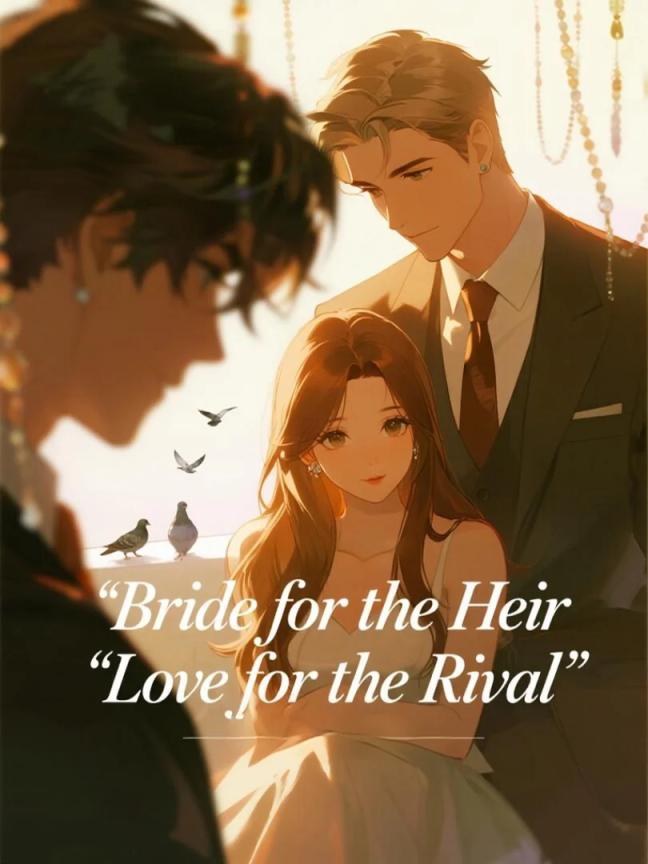Chapter 9 Revenge Love Show
# Chapter 9: Revenge Love Show
The unexpected publicity of Terry's letters changed our lives in ways neither of us had anticipated. What began as Mia's impulsive social media post had evolved into a cultural phenomenon that showed no signs of abating three months later. Terry's letter website now had over two million subscribers. Walker Industries' public image had transformed from a faceless corporate entity to a company with a surprisingly human heart. Master Chen had appeared on a morning talk show demonstrating calligraphy techniques, looking deeply uncomfortable with his newfound celebrity.
And I had somehow become known as the woman who inspired 3,650 love letters—a strange kind of fame that followed me into coffee shops, client meetings, and even my favorite grocery store.
"Aren't you the architect from the letter story?" the cashier asked one Saturday morning as I paid for my groceries. "My boyfriend started taking a handwriting class because of you guys!"
I smiled politely, still not entirely comfortable with being recognized. "That's... great. I hope he enjoys it."
"He hates it," she confided cheerfully. "Says his hand cramps up. But he's sticking with it!"
These interactions had become commonplace. Women approached me for relationship advice. Men asked for tips on how to "grand gesture" effectively. Calligraphy enthusiasts wanted to know if Terry's handwriting was "really that bad before." The constant attention was flattering but exhausting.
"How do you handle it?" I asked Terry that evening as we cooked dinner together. "Being recognized everywhere, people asking personal questions?"
Terry shrugged, expertly flipping a piece of salmon in the pan. "Years of media training for business helped. Plus, I've had practice keeping parts of myself private."
"Like writing secret letters for a decade?" I teased.
"Exactly." He grinned. "Though that particular secret is now international news."
After dinner, we settled on the sofa with our laptops—Terry working on rewriting another letter, me finalizing designs for a sustainable housing project. The domesticity of the moment struck me suddenly—how far we'd come from my post-accident confusion, from the high school rivals we once were.
"I've been thinking," I said, setting my laptop aside. "About our wedding."
Terry looked up, his expression carefully neutral. We hadn't discussed wedding plans since before my accident, our indefinite postponement hanging in conversational limbo.
"What about it?" he asked.
"I think I'm ready to set a date," I said simply.
The joy that spread across Terry's face was almost painfully beautiful. "Really? You're sure?"
"I'm sure," I confirmed. "The memory issues are resolved, we've worked through the trust concerns, and frankly, I'm tired of introducing you as my 'fiancé' when you're clearly much more than that."
Terry set aside his calligraphy pen and moved to sit beside me. "Have I told you today that I love you?"
"Only twice," I replied with mock seriousness. "You're slacking."
"I love you," he whispered, kissing me softly. "I love you beyond reason, beyond measure, beyond—"
"Now you're just showing off your vocabulary," I laughed against his lips.
"True," he admitted. "But the sentiment stands."
We spent the rest of the evening discussing wedding plans—agreeing on a small ceremony with close friends and family rather than the elaborate event Terry's father had initially pushed for. Six months seemed like a reasonable timeframe, giving us enough time to plan without unnecessary delay.
The next morning, Terry received an email that changed the trajectory of our day.
"The National Handwriting Association wants me to give a keynote speech at their annual conference," he said, staring at his phone in disbelief. "Apparently, I'm 'an inspiration to adults looking to improve their penmanship.'"
I nearly spat out my coffee. "You? The man whose original handwriting Master Chen compared to 'drunk spider falling in ink'?"
"That's exactly why they want me," Terry explained. "The 'before and after' aspect is compelling. They're calling it 'From CEO Scrawl to Calligraphy Art: A Journey of Determination.'"
"Are you going to do it?"
Terry considered for a moment. "I think I might. There's something appealing about embracing this weird new aspect of my public persona. Besides, Master Chen would never forgive me if I declined."
Two weeks later, I sat in the audience of the National Handwriting Association Conference, watching with pride as Terry took the stage. Gone was the nervous man who had once struggled to discuss our relationship publicly. In his place stood a confident speaker who seamlessly blended humor, vulnerability, and genuine passion for his unexpected hobby.
"I began this journey with the most unromantic of motivations," Terry told the audience, displaying a slide that showed his original handwriting next to his current calligraphic style. "My fiancée complained she got headaches reading my letters."
The crowd laughed appreciatively.
"But what started as an attempt to make my words more legible became something far more meaningful," he continued. "Calligraphy taught me patience. It taught me that some forms of communication can't be rushed. In our digital world of instant messages and quick emails, there's profound value in slowing down—in making each word count, in giving physical form to our thoughts and feelings."
As I watched Terry win over a room full of handwriting enthusiasts with his earnest enthusiasm, an idea began forming in my mind—a way to participate in this strange new chapter of our lives on my own terms.
The next day, while Terry was at work, I created a social media account with the username @RealTerryHandwriting. The bio simply read: "Daily updates on my fiancé's calligraphy journey—the good, the bad, and the occasionally illegible."
For my first post, I shared a photo of Terry's morning note reminding me he'd be late for dinner—a mundane message transformed by his increasingly elegant handwriting. I captioned it: "Today's update: grocery list looks like it belongs in a medieval manuscript. Milk, eggs, and bread never looked so fancy."
I didn't tell Terry about the account immediately, curious to see if it would gain any traction. By evening, it had accumulated over ten thousand followers—many apparently coming from those already following Terry's letter website.
"I have a confession to make," I told him that night, sliding my phone across the dinner table to show him the account.
Terry scrolled through the posts, his expression shifting from surprise to amusement. "You created a social media account... to document my handwriting progress?"
"People are interested," I defended. "And it felt good to take control of some aspect of this strange public narrative we've found ourselves in."
Rather than being annoyed, Terry seemed delighted. "I love it. It's like having my own personal handwriting critic."
"That's exactly what it is," I confirmed. "Consider it quality control for your calligraphy journey."
The account quickly became a hit, with followers eagerly awaiting my daily assessments of Terry's penmanship. I kept the tone light and affectionate, focusing on the endearing aspects of his determination rather than any actual criticism. Soon, followers began sending questions that evolved beyond handwriting:
"Does the CEO practice calligraphy every day?"
"What's his favorite pen?"
"Has his business handwriting improved too, or just his personal letters?"
I answered selectively, always checking with Terry before sharing anything that might feel too personal. The account became our shared project—a way of controlling our narrative in the midst of continued public interest.
One evening, I posted a photo of Terry asleep at his desk, pen still in hand, a half-completed letter visible on the paper. I captioned it: "Today's CEO handwriting update: Practice session interrupted by human need for sleep. Even calligraphy obsessives need rest occasionally."
The post went viral almost immediately, with comments pouring in:
"This is the most wholesome thing I've seen today!"
"Find someone who loves you enough to fall asleep trying to make their handwriting prettier for you!"
"Is he taking husband applications? Asking for a friend..."
When I showed Terry the post the next morning, he laughed. "I look ridiculous."
"You look dedicated," I corrected. "People find it charming."
"What people find charming is that you find it charming," Terry observed astutely. "They're not just following for my handwriting—they're following for our story."
He was right, I realized. The account had evolved from documenting Terry's calligraphy progress to offering glimpses of our relationship—always through the lens of his handwriting practice, but revealing much more in the process.
As @RealTerryHandwriting gained popularity, I began receiving partnership offers from stationery companies, pen manufacturers, and even a publishing house interested in a coffee table book about our story. I declined most, but agreed to a collaboration with an artisanal paper company that donated a portion of proceeds to literacy programs.
"We've become some kind of strange brand," I marveled to Terry. "All because of your terrible handwriting."
"Former terrible handwriting," he corrected. "Master Chen almost complimented me yesterday. He said my work was 'approaching adequacy.'"
"High praise indeed," I laughed.
The culmination of Terry's unexpected fame in the calligraphy world came when a prominent business magazine wanted to feature him on their cover—not for his corporate achievements, but specifically for the letter story. The photographer suggested various serious poses in his office, but Terry had a different idea.
"I want to be photographed practicing calligraphy," he insisted. "That's what the story is about—not me in a power suit pretending this whole situation is normal."
The resulting cover showed Terry in casual clothes at his writing desk, surrounded by calligraphy materials, focused intently on forming a letter. The headline read: "The CEO Who Picked Up A Pen: How Terry Walker's Personal Quest Transformed His Company's Image."
The article was surprisingly thoughtful, exploring how vulnerability in leadership could strengthen rather than undermine authority. Terry's father was even quoted saying, "My son's unconventional approach has revealed new possibilities for connecting with both employees and customers."
"Your father actually said something positive?" I asked incredulously when Terry showed me the article.
"I'm as shocked as you are," Terry admitted. "Though he followed it up with a twenty-minute lecture on maintaining appropriate professional boundaries."
"Some things never change," I observed.
But some things did change. As our wedding date approached, Terry became even more dedicated to his calligraphy practice, determined to hand-write all our invitations himself.
"You do realize we could hire a professional calligrapher, right?" I suggested after watching him discard his fifth attempt at the same invitation. "Someone who doesn't run a multi-billion-dollar corporation during the day?"
"Where's the personal touch in that?" Terry countered. "Besides, Master Chen says the pressure of a deadline will improve my technique."
"Master Chen is sadistic," I muttered, but I couldn't help being touched by Terry's determination.
When the invitations were finally completed—each one slightly different but undeniably beautiful—I shared a photo on the @RealTerryHandwriting account with the caption: "Wedding invitations completed after 37 drafts and one minor ink spill crisis. Progress from 'doctor's prescription' to 'professional calligrapher' now complete."
The post generated thousands of congratulatory messages, along with numerous requests for wedding details. We had decided to keep the ceremony private—no social media, no public announcements—but I did share one final pre-wedding post: a photo of Terry's hands, ink-stained after addressing all the envelopes, with the simple caption: "Some love stories are written in ink that doesn't easily wash away."
Two weeks before our wedding, Terry surprised me with an unexpected announcement over dinner.
"I bought a paper mill," he said casually, as if purchasing industrial manufacturing facilities was a normal dinner conversation.
I set down my fork. "I'm sorry, you did what?"
"Technically, Walker Industries acquired a small, struggling artisanal paper manufacturer in Vermont," Terry clarified. "But effectively, yes, I bought a paper mill."
"May I ask why?" I managed, trying to process this information.
Terry's expression was perfectly serious. "To make our own paper. For the letters."
"Our own paper," I repeated slowly. "For the letters you're rewriting."
"Exactly," Terry nodded. "The mill specializes in acid-free, archival quality papers made from sustainable materials. They were facing bankruptcy, but with our investment, they can continue their traditional manufacturing methods while modernizing certain aspects of the business."
I stared at him, torn between laughter and amazement. "So this is a business decision?"
"Partly," Terry admitted. "It aligns with our sustainability initiatives and diversifies our holdings in an interesting niche market."
"And the other part?"
A smile tugged at the corners of his mouth. "The other part is that I wanted paper specifically designed for love letters that will last a century or more."
"Of course you did," I said, shaking my head in fond exasperation. "Most men buy flowers or jewelry. My fiancé buys an entire paper mill."
"Is that... okay?" Terry asked, suddenly looking uncertain.
I reached across the table to take his hand. "It's ridiculous and extravagant and completely on-brand for you. So yes, it's okay. Just promise me one thing."
"Anything."
"Promise me you won't make the watermark my face or something equally embarrassing."
Terry's guilty expression told me I'd hit uncomfortably close to the mark. "What about a small logo? Something subtle?"
"What kind of logo?" I asked suspiciously.
Terry pulled out his phone and showed me a design mockup—a minimalist line drawing of a coffee cup with the date "2009" beneath it. The first memento he'd kept of me, from that day in chemistry class when I'd briefly smiled at him.
"Is that too much?" he asked, watching my reaction carefully.
I felt a lump form in my throat. "It's perfect."
Two days later, a delivery arrived at our apartment—a beautifully crafted wooden box containing samples of the paper Terry had commissioned. Each sheet was creamy, subtly textured, and bore the tiny coffee cup watermark visible only when held to the light. Accompanying the box was a note from the master papermaker expressing his gratitude for saving the mill and his excitement about creating "paper worthy of your story."
That evening, I updated the @RealTerryHandwriting account with a photo of the paper samples and a caption that immediately went viral:
"Today's CEO handwriting update: He bought a paper mill. A WHOLE PAPER MILL. Because apparently regular paper isn't good enough for his love letters. The paper has a custom watermark and everything. Is this romance or insanity? Discuss."
The comments section exploded:
"This man really said 'I'll create an entire PAPER COMPANY before I'll write on subpar stationery' and honestly I respect it."
"My boyfriend won't even text me back and this guy is out here MANUFACTURING CUSTOM PAPER for his fiancée."
"If this isn't the standard, I don't want it."
That night, as we prepared for bed, Terry scrolled through the comments on my post, chuckling at people's reactions.
"They think I'm either the most romantic man alive or completely unhinged," he observed.
"It's probably a bit of both," I teased, snuggling against him. "But I wouldn't have you any other way."
Terry set his phone aside and pulled me closer. "Even with my questionable financial decisions regarding paper manufacturing?"
"Especially with those," I assured him. "Most people get a normal fiancé who brings home flowers or chocolate. I got one who brings home a deed to a paper mill."
"Speaking of which," Terry said, reaching into his nightstand drawer, "the first official production run is complete."
He handed me an envelope made from the custom paper. Inside was a letter—not a rewritten one from the past, but a new one, dated that day:
*"Dear Jacqueline,*
*Tomorrow there will be another letter. And the day after that. And every day for the rest of our lives. Some will be written on this paper, crafted specifically to carry words from my heart to your hands. Others might be scrawled on napkins or typed in hasty emails.*
*But regardless of the medium, the message remains constant: I love you. Not the idealized version of you I wrote to for ten years, but the real you—the woman who teases me about my handwriting while creating a social media account to celebrate it. The woman who shakes her head at my grand gestures while understanding the heart behind them.*
*In two weeks, you'll become my wife. The letters will continue, but they'll change—no longer messages to a distant dream, but notes to the woman who shares my home, my name, my life.*
*I can't wait to write the next chapter with you.*
*With all my love (and increasingly acceptable penmanship),*
*Terry"*
The letter was beautifully written, both in content and form—evidence of how far Terry had come in his calligraphy journey. I traced the elegant lines with my fingertip, marveling at the transformation from the chaotic scrawl I'd first complained about.
"What do you think?" Terry asked, a hint of nervousness in his voice. "Does it pass muster for @RealTerryHandwriting?"
I carefully folded the letter and placed it on my nightstand. "It's perfect. But it's not going on the account."
"No?" Terry looked surprised.
"Some things are just for us," I explained, turning back to him. "The world can have the story, but certain parts belong only to us."
Terry's smile was tender as he pulled me into his arms. "I like that distinction."
As I drifted to sleep that night, I reflected on our unusual journey—from high school enemies to strangers to lovers, through memory loss and rediscovery, and now to this strange new chapter where our private story had somehow become public property. Through it all, Terry had remained constant in the one way that mattered: his unwavering commitment to showing his love, whether through thousands of unsent letters, dedicated calligraphy practice, or yes, even buying a paper mill.
The next morning, I made one final post before our wedding social media hiatus:
"Today's CEO handwriting update: Perfect. Absolutely perfect."
The image accompanying it showed only Terry's hand holding a calligraphy pen—no letter visible, no text revealed—keeping the most meaningful parts of our story exactly where they belonged: between us.
